Before I get into why everything I taught you about SEO was wrong, let me first give you some context on how I (and many marketers) became SEOs.
When I started off with my entrepreneurial journey, I didn’t have much money.
I was working at a theme park where I cleaned restrooms and picked up garbage.
Although most companies grow through paid ads, that just wasn’t possible for me because I was making $5.75 an hour.
I had no choice but to learn SEO and get good at it if I ever wanted my site to generate traffic and hopefully make money.
And just like most SEOs, I always thought that the keywords that people spend the most money on tend to convert well.
Just think about it: If a company is spending $50 a click for certain keywords they have to be making money.
So, wouldn’t those be the keywords that you would want to go after?
Here’s how I taught people how to do SEO over the years
Back in the day I would use keyword tools like Ubersuggest, find all of the high traffic keywords within my space that had a high cost per click, and write tons of blog posts on them.
And then I would go to Ahrefs to look at all of my competitors, see what their most popular pages were, look at their traffic value number, and, of course, write longer versions of their post that were better so I could take over their rankings and traffic.
By using these 2 tactics your traffic would grow over time.
Extremely fast too if you could crank out the content fast enough… just look at my search traffic per month over the years.
(Yes, there is more to SEO than these two tactics, but they work really well.)
Can you guess how much more revenue I’ve generated as my search traffic grew?
Well, according to SEMrush, the search traffic that I generate in the United States alone is worth $1.2 million.
If I had to buy all of that traffic, it would cost me $1.2 million a month in pay per click fees.
That’s crazy considering that traffic generated me $408,000 in revenue last month (not profit… revenue).
And if you go back a year ago, I had 340,268 visitors a month from Google and that traffic generated $362,495 last year.
In other words, I grew my search traffic by 123% while my revenue only grew by 12.5%… not a good deal.
Luckily for me, I didn’t have to spend $1.2 million to generate that traffic but there are costs involved as SEO takes time and resources.
Now, let’s look at my buddy’s site, Legion Athletics.
He’s in the B2C world and is selling fitness supplements. His traffic is only up 3% from last year.
But his revenue has grown by 44% because he is focusing on traffic that is causing sales. In other words, he no longer cares to increase his total traffic, he only cares to increase the traffic that is generating sales.
Neil, you must have known better!
Why yes, I did know that growing my search traffic by double, triple or even 10x wouldn’t grow my revenue at the same pace.
I’ve been doing SEO for over 16 years now… it took me a while to learn this, but not that long. 😉
See, with my business, my ideal customer is a large corporation who already has been doing marketing for many years.
That doesn’t mean I can’t help and won’t help small businesses… I just prefer the larger ones because they have much bigger budgets.
For me to continually grow my traffic at a rapid pace I have to go after newbie terms, such as how to get indexed in Google. But traffic from those kinds of posts won’t convert visitors into customers.
These newbie terms make up over 81% of my search traffic, but I go after them because I believe in branding and the long play (the rule of 7, which I’ll go into later in this post).
And I have multiple business units/revenue streams, so I am willing to spend capital to generate brand awareness that may pay off 5 or 10 years from now.
But, I never taught you how to think about SEO from a strategy standpoint because it’s much more complex than just ranking for highly sought after key terms.
Why doesn’t more traffic equal more sales?
To rank really well on Google, you have to write long-form, informational articles. It’s why Wikipedia ranks for everything.
This doesn’t mean you can’t rank product pages (ecommerce) or lead generation pages high up in Google, it’s just harder. Much, much harder.
Now let’s do a quick Google search. Let’s search for the term, “auto insurance.”
According to Ubersuggest, the keyword gets 201,000 searches a month in the United States and companies pay $63.15 per click when it comes to PPC ads.
Here’s a screenshot of the Google search results page that I see, searching from Las Vegas, Nevada.
And here’s what the first paid ad from AAA looks like:
And here’s what the top organic listing from Nationwide looks like:
Do you see why the AAA version would generate more sales?
Their landing page is simple and clear. You just choose the insurance option and you are off to the races.
But obviously, that page would never rank organically because there is little to no text. Seriously, there is nothing on it… they are barely giving Google any information.
The average web page that ranks on page 1 of Google contains 1,890 words. From what I counted, the AAA landing page has 73 words. It’s a bit far off from the 1,890 number.
And the Nationwide example has so much text on the other hand.
So much so, Nationwide will still generate sales, but nowhere near the percentage of that AAA PPC landing page.
Does this mean you shouldn’t do SEO?
I’m not saying that SEO is useless.
I am just saying that it won’t ever convert as well as paid advertising because you have to please the user and Google when it comes to SEO. That means your pages will be text heavy and won’t focus as much on closing the sale.
I know they say SEO traffic has more trust, so it converts better… but you have to keep in mind that an SEO landing page can’t be optimized for conversions as aggressively as a paid landing page.
Hence Google makes over $100 billion a year (mainly from paid ads).
Sure, the text on your SEO landing page or blog post could be persuasive and salesy, but if it was purely salesy you wouldn’t rank high on Google organically.
So, if I had to teach you SEO again from the beginning, I would take a different approach.
I wouldn’t tell you to do paid advertising or to ignore SEO. And I wouldn’t teach you any tactics at first.
Instead, I would teach you marketing strategy at the beginning, which would lead you to a more successful SEO campaign.
I would tell you to first set up your conversion tracking in Google Analytics.
Once you have your goals set up, I would have you log into your Google Analytics, click on your site, in the left sidebar click on “Conversions > Goals > Overview.” There you can then see where your conversions are coming from.
By knowing where your sales are coming from, you can focus on marketing efforts that are working and stop the ones that aren’t.
Then I would teach you how to go one step further by finding out the exact pages that are driving you new search visitors that are converting into sales. (If you aren’t sure how to do that, follow this tutorial.)
Now that you know what pages are driving your sales, you should then focus all of your SEO efforts on first optimizing those pages. I know this won’t get you the most traffic, but it will bring you the highest amount of sales.
And you don’t have to implement 100 different SEO tweaks to optimize the pages that are driving your sales.
Start off by following this one SEO hack that I describe in the video below. (It will provide a nice boost and it’s easy to implement.)
And once you implement my Google Search Console tactic, I would then have you work on more advanced SEO techniques.
Conclusion
The chances are you are like me and have made the mistakes above.
I know this because you are reading this blog, and I’ve spent the majority of my time blogging on tactics instead of teaching you strategy.
SEOs are brainwashed from day one… they are taught that higher rankings and traffic are the most important things.
In reality, more revenue is what’s really important… that’s why PPC experts have the correct mindset. They optimize for revenue, sales, leads, and ROI instead of pure traffic.
At my agency, our VP of Marketing Services, Todd, keeps telling the team we need to focus on ROI.
Even though our team averages more than 100% increase in search traffic within the first 6 months, Todd cares more about revenue. If you can’t provide an ROI in the long run, it doesn’t matter how high you rank a site. Period!
Now, if your traffic keeps growing, but your revenue isn’t, all hope isn’t lost. You’ll have to be a bit more aggressive with your marketing, especially when it comes to conversion optimization.
Just follow the steps below:
Step #1: Install Hello Bar
If you look at the NeilPatel.com site you’ll notice that I have an exit popup.
It’s not because I like popups and think they provide an amazing user experience. I just know that when people read your blog posts the chances are, they won’t convert into customers (at least not right away).
By collecting their email upon exit you can then convert those visitors over time into customers by dripping them offers and directing them to your product or services pages. (Hello Bar has GDPR compliant settings.)
The key to conversion optimization is to find a balance. Make sure you are providing value so that the conversion techniques you are using won’t irritate people.
Step #2: Remarket
Have you heard of the rule of 7? I follow it religiously.
Someone needs to see your brand 7 times on average before they convert into a customer. It gives them time to familiarize themselves with your company and for you to earn their trust before they are willing to open up their wallet.
By using Google and Facebook remarketing, I’ve found that I can generate double the amount of leads for my sales team and spend 1/26th of the money compared to just buying the traffic using traditional pay per click campaigns.
It’s a strategy Digital Marketer uses heavily because it works so well.
They don’t have as much organic traffic as I do, so they buy Facebook ads to their blog posts, which helps people familiarize themselves with the Digital Marketer brand.
They then remarket all of those users using ads again by driving them to sales pages. It works really well.
Step #3: Be creative
Look at how many call to actions I have on the NeilPatel.com site.
No matter what blog post you are reading, you’ll see a top bar that looks like this:
I have it because it helps convert visitors into customers.
And look at how many sidebar call to actions I have.
It looks crazy because I have 3 within my sidebar, but it works.
I used to even have call to actions and content upgrades within my blog posts… it worked well, but I started to ruin the user experience so I got rid of them to create a healthy balance on the blog.
If I had to start all over again, and I didn’t have much organic traffic, I would set up Google Analytics correctly as described above. Then I would do a bit of content marketing, social media marketing, paid ads, and SEO.
Think of it as one big experiment. You are testing the waters by doing a little bit of everything… not spending a ton of cash. Instead, you are trying to figure out what works and what doesn’t.
From there you can see what drives sales to get a better overall idea of the pages you need to focus on to generate more sales.
Once you see things working, I would then scale everything out as long as I was generating a reasonable return on my investment.
And for those of you who love to track your rankings, keep in mind that I don’t track my rankings on NeilPatel.com one bit.
Yes, I do look at my traffic growth over time as it gives me a good idea as to which of the changes I am making are working, but I don’t track rankings as I believe it is a waste of time. I focus on conversions and revenue.
Out of curiosity, how many of you focus on optimizing the right pages versus just going after more search traffic?
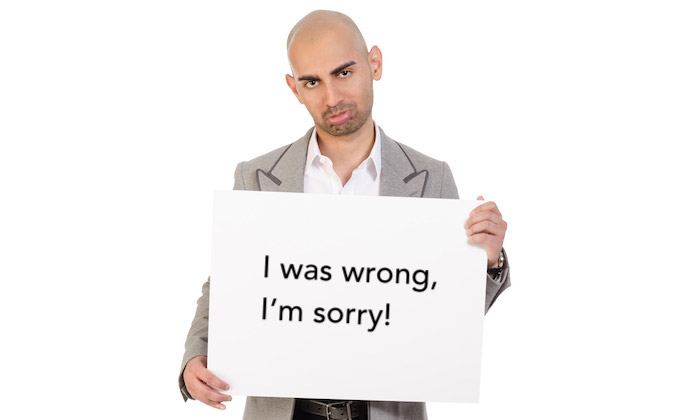

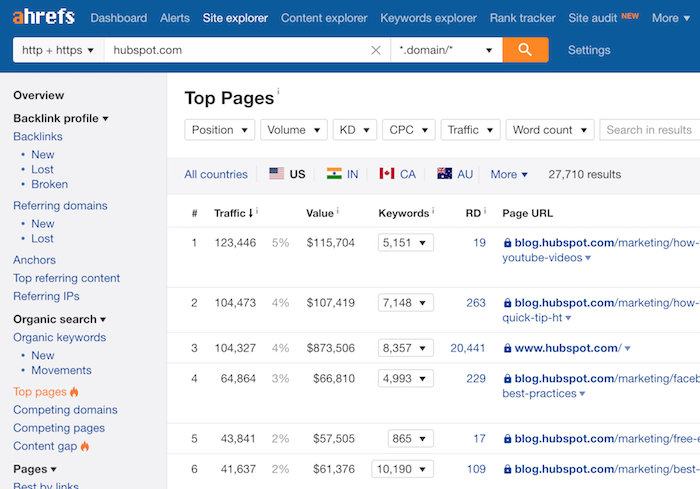

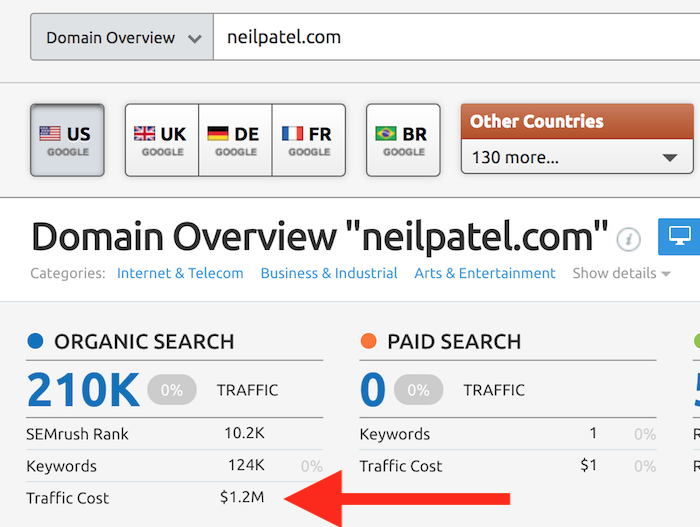
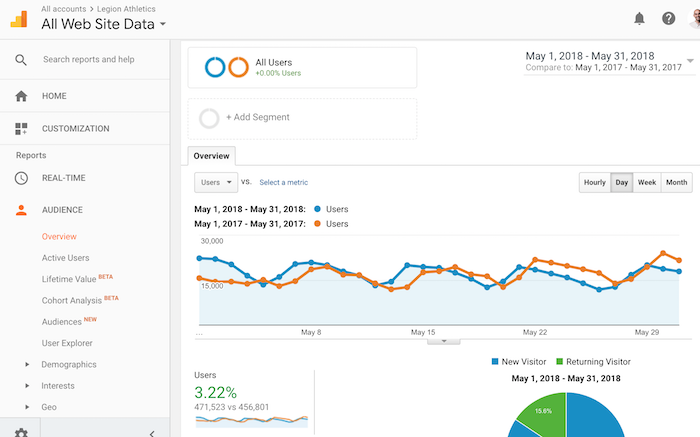
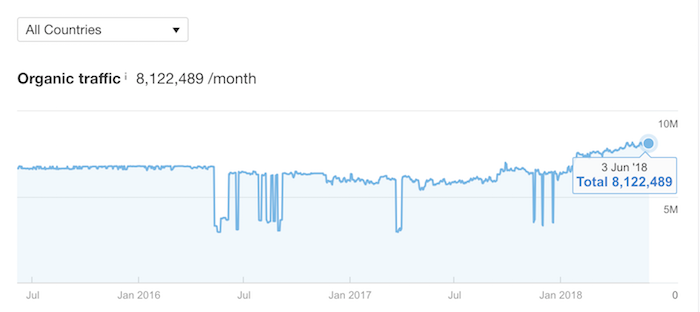
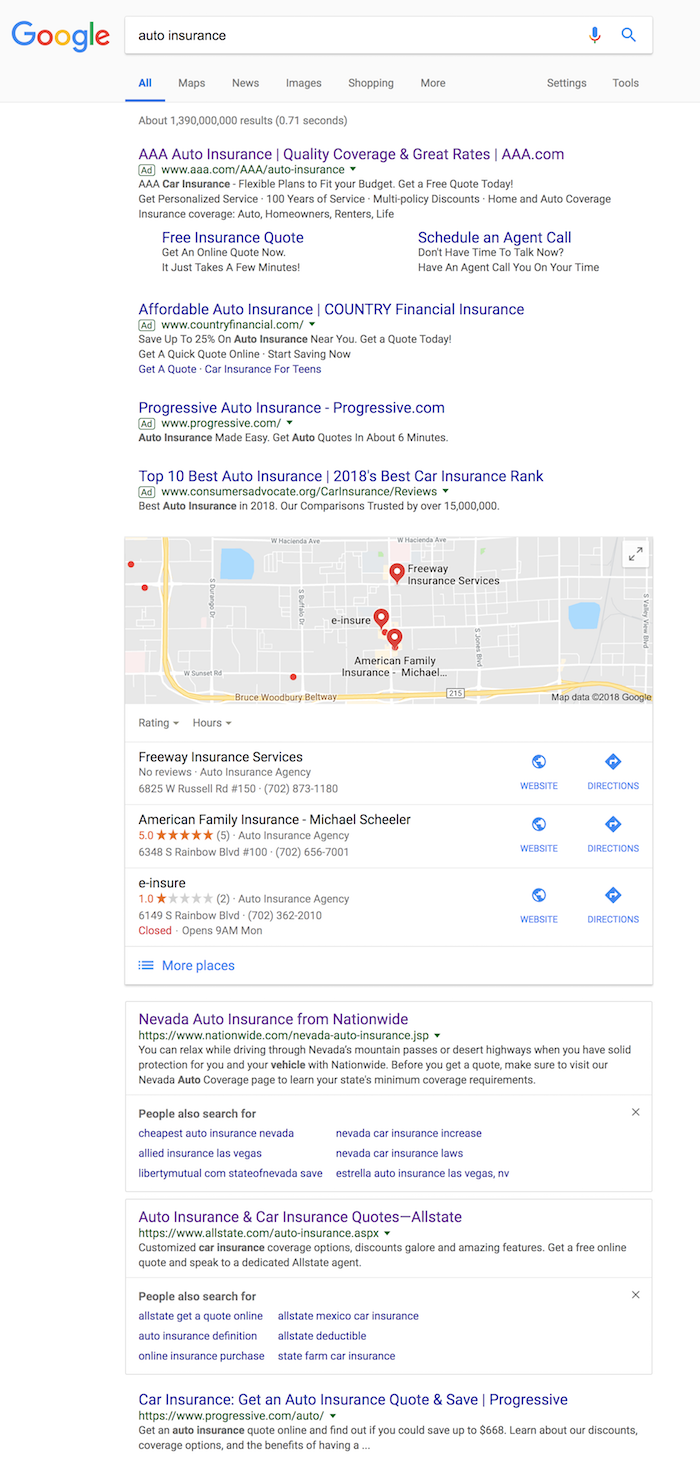


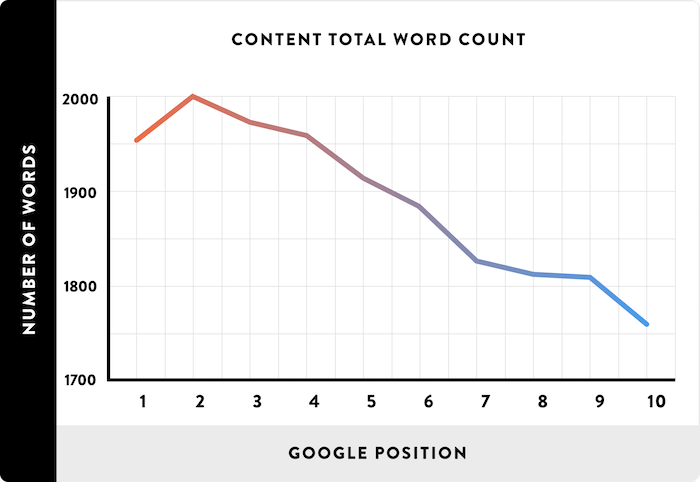
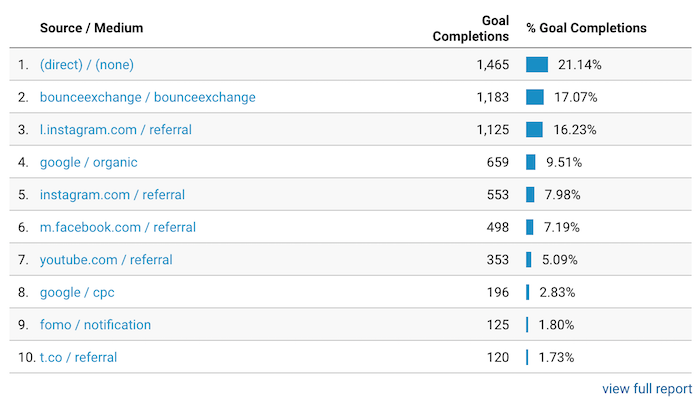
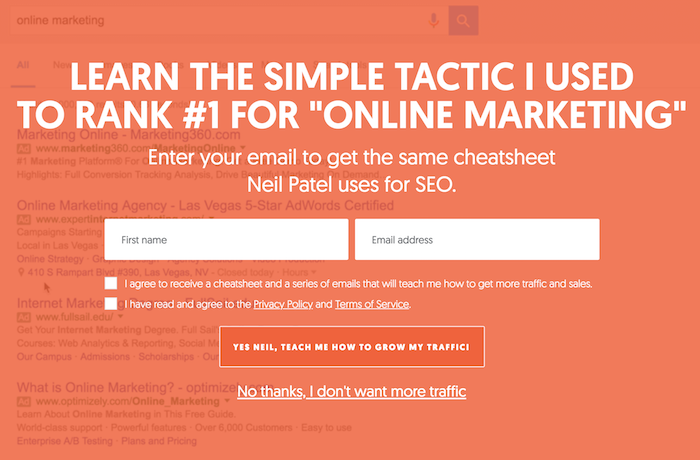




Comments (188)